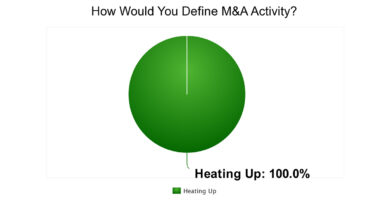Mortgage Rate Locks Decreased In June
MCT, a provider of capital markets software and services supporting more lenders with hedging and pipeline management solutions than any other single provider, has released its MCTlive! Lock Volume Indices for June 2022. MCT Data represents a balanced cross section of several hundred lenders among retail, correspondent, wholesale, and consumer direct channels. A broad-based view of the entire market provides a more accurate picture of mortgage originations versus indices that are influenced by mega lenders. The June MCTlive! Lock Volume Indices is broken out by transaction type: purchase, rate/term refinance, and cash out refinance.
June MCTlive! Lock Volume Indices show that that total mortgage rate locks by dollar volume decreased 3.8 percent in June, and total lock volume is down 32.0 percent from a year ago as purchases continue to make up most originator volume. Purchase locks declined 1.63 percent month-over-month, but a mere 4.6 percent from a year ago. The increase in mortgage rates is also evident as refinance volume continues to fall.
Rate/term refinances are down 12.4 percent and cash out refinances are down 18.7 percent month-over-month. From one year ago, cash out refinance volume is down 64.5 percent, while rate/term refinance volume has dropped 90.4 percent. Given rate/term refinance volume was already down 90 percent year-over-year in the May MCTlive! Lock Volume Indices, this month’s drop does not change the total much. Please note that loan sizes were up 8.3 percent over the past year, with the average loan amount increasing from $291k to $315k.
It is important to note that MCT’s rate lock activity indices are based on actual dollar volume of locked loans, not number of applications. Especially in a tight purchase market, MCT believes its methodology (using actual loans locked vs. applications) is a more reliable metric. There is a higher likelihood of having multiple applications per funded loan, and prequals do not convert at as high of a rate in the current market as has historically been the case – especially when applications are counted at the early stage of entering a property address.

The Place for Lending Visionaries and Thought Leaders. We take you beyond the latest news and trends to help you grow your lending business.



